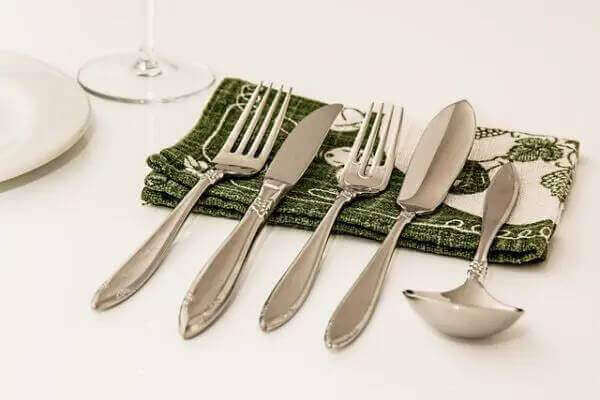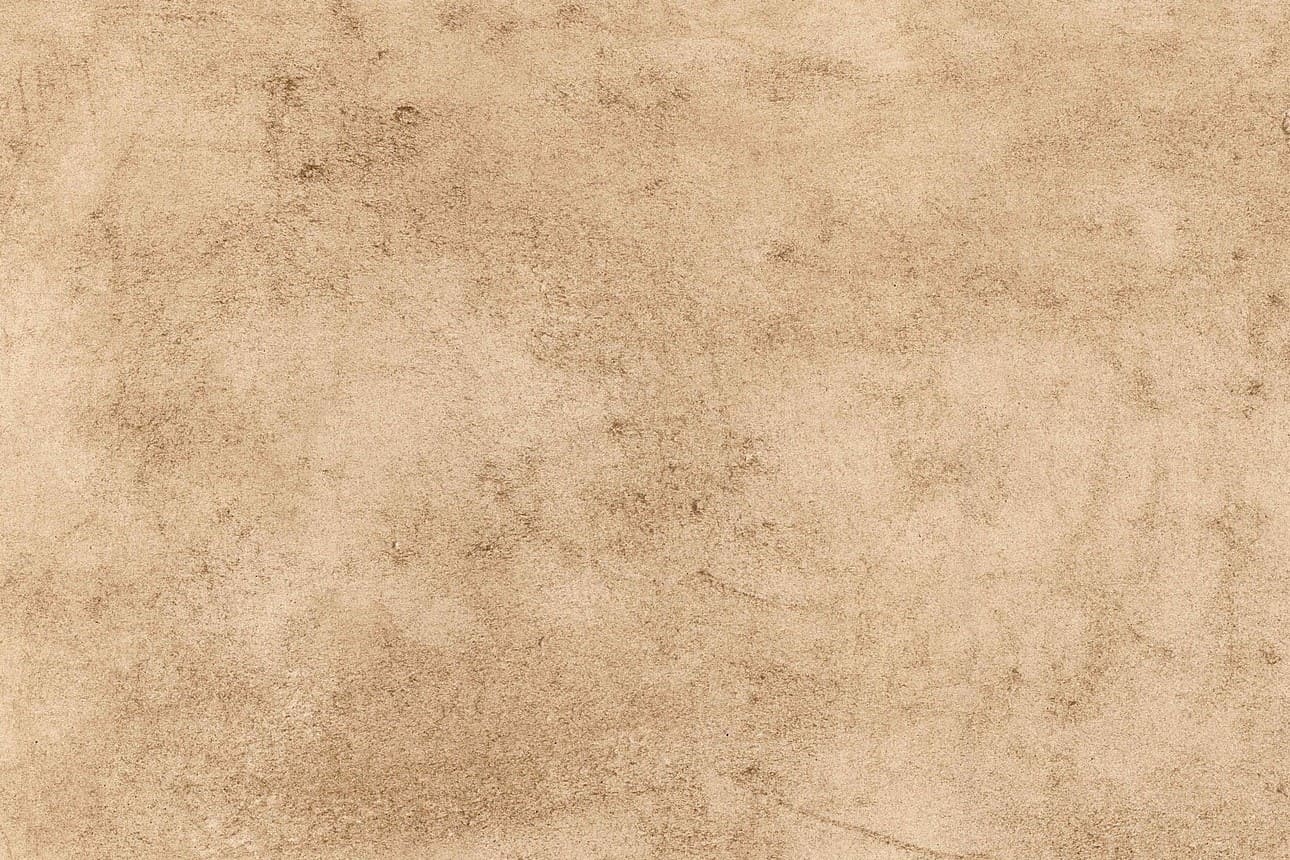Types of antique silver cutlery
Posted by WATANABETAIGA

The charm of silver cutlery
Cutlery refers to Western tableware such as knives, forks, and spoons used for meals.
The history of cutlery is relatively new; in Europe, until around the Middle Ages, people used to cut dishes with knives and eat them with their hands.
Cutlery began to be used by wealthy people around the 17th century, and cutlery with beautiful decorations was created.
Silver cutlery, especially beautifully decorated by silversmiths, is a symbol of wealth and is a representative item of antique silver.
Uses and types
Although they vary depending on the era, country, and manufacturer, we will introduce some typical ones.
1. table knife/fork
Knives and forks used for main dishes, and are the largest size for eating.
Many table knives have rounded tips, but this was done by Richelieu, who was Prime Minister of King Louis XIII of France, to discourage guests from using the tip of the knife as a toothpick. It is said that the idea was to have it cut into a round shape.
The blades of table knives used to cut hard materials such as meat get damaged over time, so very few original knives remain.
There are also fish knives and fish forks whose blades are shaped to make it easier to eat fish dishes, and some are engraved with fish motifs to make them easier to understand.
2. dessert knife/fork
Cutlery that is slightly smaller than a table knife or fork.
These are mainly used during tea time.
In Japan and Asia, items of this size are sometimes used in place of table knives and forks.
3. spoon
There are various types of spoons depending on the purpose, but the most typical ones are soup spoons used for soup, dessert spoons used for desserts, and teaspoons used for tea.
In Europe, there is a custom of giving a silver spoon to celebrate the birth of a baby, and there is an expression that says ``you were born with a silver spoon in your mouth'' to indicate that you were born into a wealthy family.
4. serving cutlery


This is a large cutlery for separating each plate from a large plate.
There are also cake servers and tongs that can be used to separate cakes.
Blade material
Materials such as sterling silver, silver plate, and stainless steel are used for the blades of knives and forks.
Most spoons have an integrated handle, but many knives and forks have interchangeable blades, and are made of a different material than the handle (for example, the handle is pure silver and the blade is silver plated). ) are also available.
1. Pure silver (sterling silver)
British antique silver cutlery uses 92.5% pure silver called sterling silver.
There are also 95% and 80% products made in continental Europe such as France and Germany.
Silver is a soft metal, so it is not suitable for cutting or piercing hard objects. Therefore, it is not used for knife blades that cut hard things such as meat.
2. silver plate
This is what is called "silver plating".
Silver plating is applied to the surface of an alloy of nickel, copper, and zinc called nickel silver.
Since it is harder than pure silver, it can cut hard objects, but the plating may become thin or peel off after many years of use.
3. stainless
It is an alloy of iron and chromium, which has strong corrosion resistance and is resistant to rust.
It has been in practical use since around 1910, and some antique cutlery, even those that have been replaced halfway, have stainless steel blades.
It is more durable and easier to clean than sterling silver or silver plate, but because it is hard, there are few decorations such as engravings.
Handle material and design
In addition to sterling silver and silver plate, the handles are also available in materials such as white pearl shell.
If the blade part is sterling silver or silver plated, it is also a type of silver cutlery.
Many of the handles have beautiful decorations such as carvings.
1. Sterling silver, silver plated
In the case of antiques, it is difficult to have all kinds of original sets, but if you match the patterns, you can create a sense of unity.
Typical examples include the Queen's pattern and the Kings pattern, and there are also original designs by manufacturers.
Since the late 19th century, silver-plated items have become more common, and can be obtained at a much more affordable price than sterling silver items.
2. White pearl (mother of pearl)


This handle is made of mother-of-pearl from the white pearl oyster, a type of pearl oyster.
It has a beautiful luster that changes color depending on the angle, but since it is a natural material, it can be damaged if it comes into contact with acids such as vinegar or lemon, and cracks or chips can occur due to impact, so care must be taken when cleaning it.
3. others


In addition to silver and white pearl oyster, there are also items made of resin such as Bakelite, deer antler, and ceramics.
summary
Silver cutlery is a classic item among antique silver, which comes in a variety of different uses, sizes, and designs.
Smaller spoons such as teaspoons made of sterling silver are available at relatively reasonable prices.
Silver is a metal with high thermal conductivity, so it is pleasant to the touch, and you won't feel the unpleasant coldness when eating ice cream.
Recommended as an introduction to silver cutlery.





















